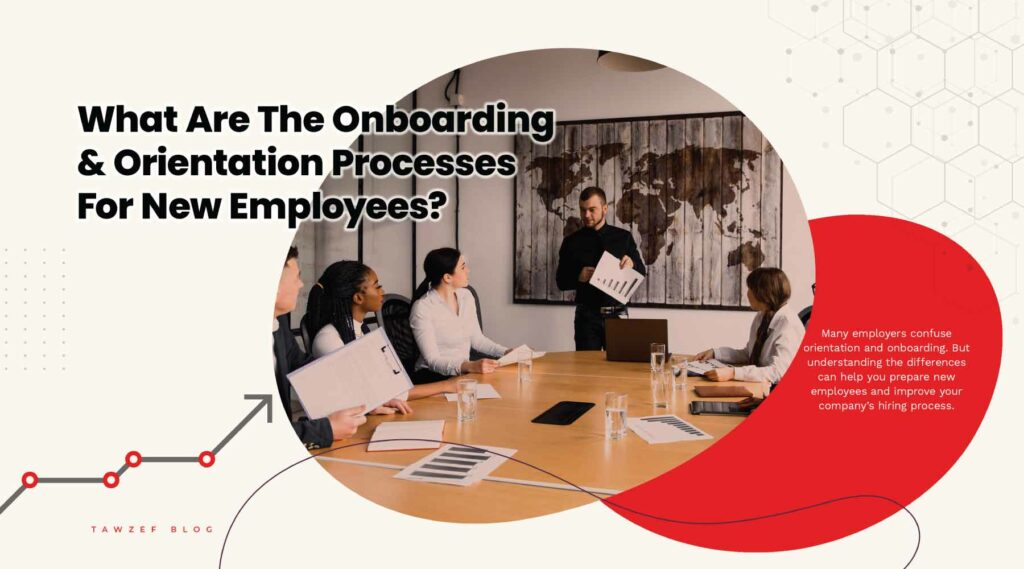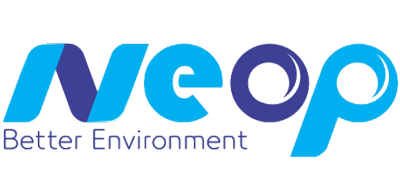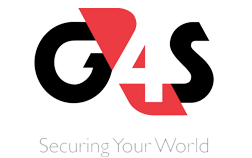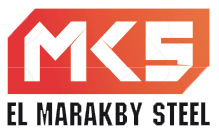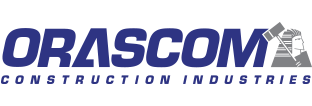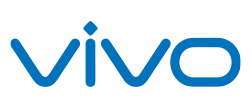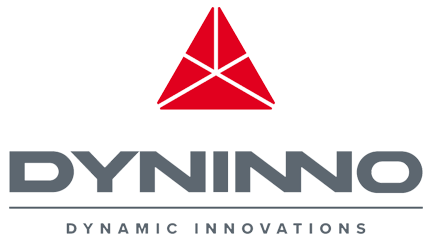If your employees don’t have the necessary skills to perform their jobs and grow with the market and its needs, your business will lag behind. This will result in losing revenues and losing market share to competitors.
That’s why companies need to constantly provide training and development programs for employees. Not only do learning and development programs improve skills, but also help increase employee engagement and retention.
Research shows that 87% of millennial employees view “professional or career growth and development opportunities” as “important” in a job.
But if your company offers training and development programs for employees, you have more opportunities to grow and achieve more profits.
Not only that, you can improve your employer branding, be attractive to candidates applying for jobs, and increase employee retention in your company.
But what kind of training programs can you offer your employees? What considerations should you take before offering learning and development programs? How do you measure the impact of the training programs you provide?
Keep reading to find out.
What is employee training and development?
Employee training and development involves providing team members with training, skills, and courses they need to perform their jobs better.
Training and development programs vary. They can include physical training programs, like health, safety, and environment (HSE) training for workers in factories and warehouses. They can also include training for specific software tools to increase team productivity or overall work productivity.
Offering training and development programs for your employees can also involve providing them with resources to upskill themselves. This could be to add new skills to get promotions, move to other teams or departments, or something else. It could also be part of their self-development plan.
Importance of training and development
Before we dive into the different types of training and development programs for employees, let’s review why training is important.
Here are a few reasons:
1) You become an attractive employer
Offering training and development opportunities in your company makes you an attractive employer for applicants and new recruits.
Candidates and employees want to work for companies that invest in them and in their development because they know they can grow in these companies.
When applying for a job, 59% of millennials believe learning and development opportunities are “extremely important.” (Gallup)
Retain your employees and attract new ones by highlighting your training and development offering in your compensation and benefits policy.
2) Higher employee retention
One of the top factors affecting employee turnover is the lack of training opportunities in companies.
Providing training and development opportunities for current and prospective employees have a better chance of increasing employee retention and cutting the cost of employee turnover. This, in turn, means lower overall business costs and better employee engagement.
3) Better job satisfaction and career growth
Besides being more attractive to new job applicants and current employees, training and development programs increase job satisfaction.
That’s because employees see a career path and growth opportunities in your companies. They can grow without having to jump ship and seek opportunities elsewhere.
4) Increased competitiveness
The better employees are equipped to their jobs, the more productive and competitive they are. This means they can be competitive within in the same team and across teams in the company.
5) Higher productivity
An important reason employees seek training is because they want to get more done faster. Doing their jobs better and faster without sacrificing quality is an important goal for many employees and businesses alike.
That’s why offering employee training and development opportunities benefits both you, the employer, and your employees.
Being more productive means more revenues for your company.
What to consider before offer training opportunities
To make the most of the training opportunities you provide, you should consider and follow these points.
First, your HR team should collaborate with different team leads or department managers about the skills their team members need.
Second, you should set aside a training and development budget for the whole company. You can then allocate portions of the budget to different teams based on your business needs.
Third, create a learning and development plan and determine the outcomes you expect or want to achieve.
Fourth, set key performance indicators (KPIs) to measure the impact of the training opportunities you’re offering.
It’s important for HR and team leaders or managers to ask employees what they’re struggling with, what they’re needs are, and what they think is important training for them.
Top training and development programs for employees
Now, let’s look at the top learning and development opportunities you can offer your employees.
1) LinkedIn Learning
Your company can subscribe to LinkedIn Learning and let employees select the courses they want. LinkedIn Learning offers a variety of courses from beginner to intermediate to advanced.
LinkedIn Learning comes with more than 20,000 online courses and videos in various fields including marketing, leadership, software development, among others. Employees can track their progress on the platform.
LinkedIn offers individual and enterprise pricing for its LinkedIn Learning feature.
2) Udemy
Over the past few years, Udemy has become a leader in offering online courses on a host of topics and fields. And in various languages.
Besides the courses, learners also get access to materials such as PDFs, excel sheets, and other educational materials in their courses.
There are also quick quizzes after each session or after a few sessions to test learners’ understanding of the course materials.
Udemy offers individual pricing as well as business pricing under Udemy Business.
3) Coursera for Business
Like Udemy and LinkedIn Learning, Coursera offers individual, team, and business pricing for a host of online courses.
Not only that, Coursera has deals with companies like Google, offering more advanced courses with certificates and diplomas.
4) In-house training
Your HR team, or HR outsourcing agency, can arrange for in-house training. This can be in collaboration with local training service providers in your country or a training developed in-house to suit your teams’ and business needs.
If you’re working with an HR company or manpower outsourcing agency like Tawzef, you can ask them to recommend courses for your different teams and needs.
5) Udacity
Like Coursera, Udacity offers advanced training for various fields, specifically technical fields. These include software development, data science, AI, cybersecurity, among others.
Udacity is also popular for its nanodegree programs, which employees can add to their resume and LinkedIn profiles.
6) SkillShare
Another source for online training and courses is SkillShare, offering courses in various fields, along with downloadable materials.
Unlike many of the course providers on this list, SkillShare is popular for its hobby and creative courses. This allows employees to work on their self-development and explore courses in areas like photography, art, culinary arts, among others.
7) Niche specific training
Depending on your needs, you may turn to more niche-specific course providers.
For example, the Academy to Innovate HR (AIHR) and Society for Human Resource Management (SHRM) are leaders in providing training and courses for HR professionals.
Similarly, the Content Marketing Institute (CMI) and HubSpot offer many certificates and courses for marketers, specifically content and SEO marketing.
Conclusion
There’s no doubt that offering training and development programs and opportunities for your employees is essential if you want to remain competitive. But offering learning programs means you need to measure their effectiveness.
The best way to do so is to set up and measure training and development KPIs for each team and member.
Need help determining the types of training your teams and members need? Want to create an in-house training for specific teams? Get in touch with Tawzef.






